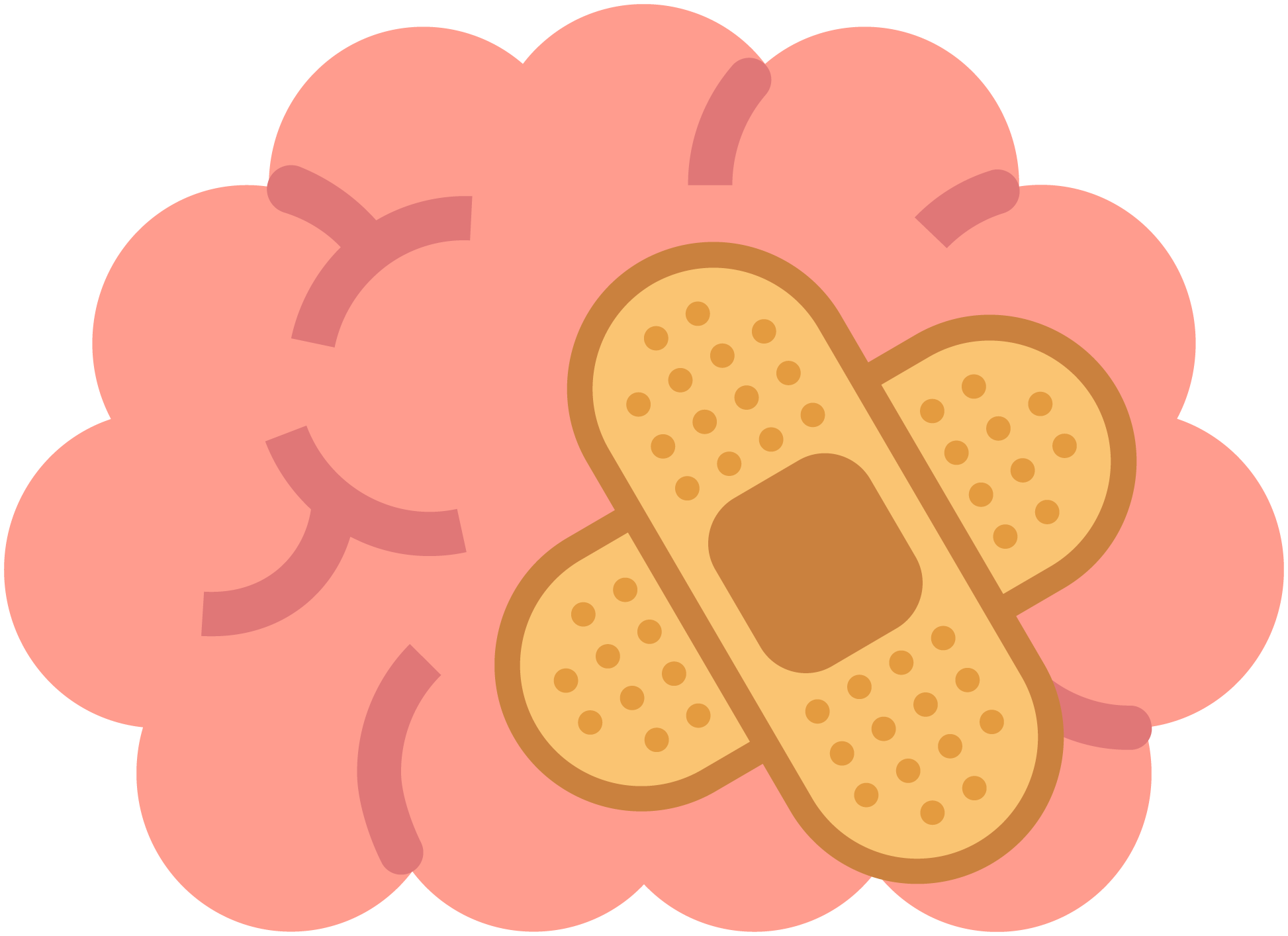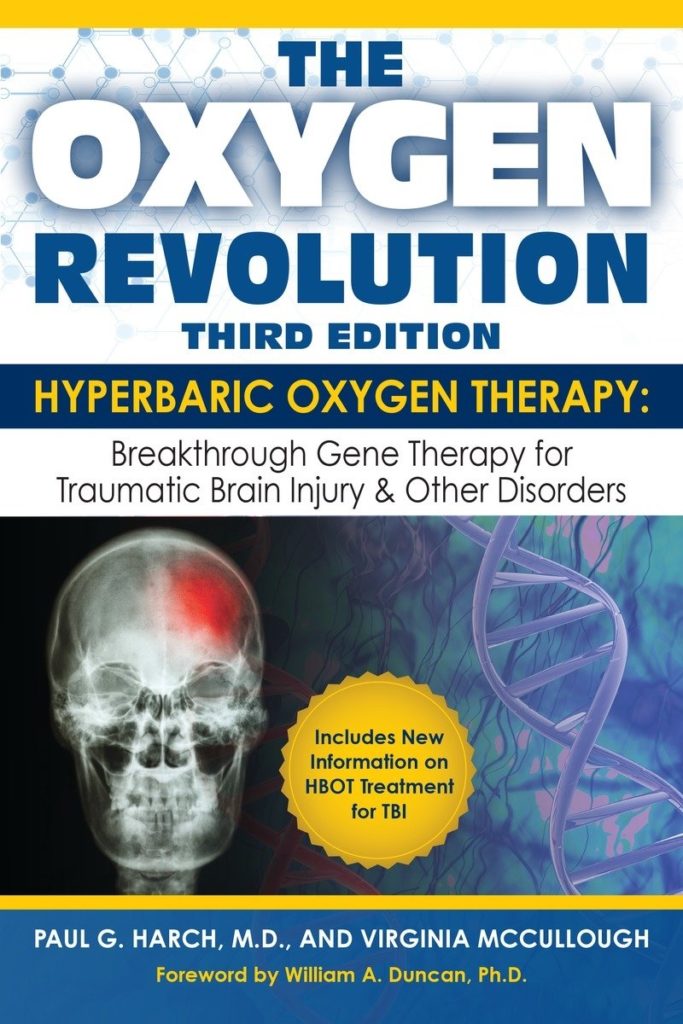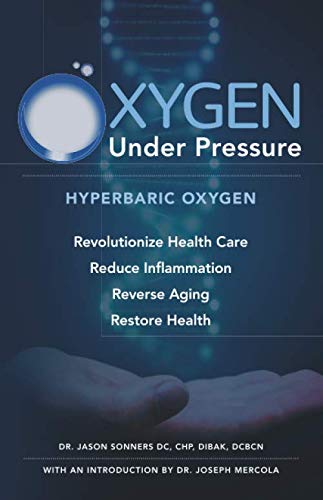Presentation of Hyperbaric Oxygen Therapy
Description
Hyperbaric Oxygen Therapy (HBOT) is a therapy that provides the body with more oxygen than it can get from the air we breathe. In fact, more oxygen will be delivered to the brain, and the excess will promote healing. It is a simple, painless, and non-invasive treatment.
The discovery of Hyperbaric Oxygen Therapy
The first documented use of hyperbaric therapy dates back to 1662 when a British pastor and physician named Nathaniel Henshaw modified the atmospheric pressure in a sealed chamber using organ bellows.
Almost two centuries later, in the 1830s, there was a renewed interest in hyperbaric medicine in France. Doctor Victor Théodore Junod built a hyperbaric chamber and named his treatment “Le Bain d’air comprimé” (The compressed air bath). He claimed that this therapy increased circulation to the internal organs and brain, resulting in a feeling of well-being and better overall health.
The first scientific approach to the use of hyperbaric chambers and the introduction of hyperbaric oxygen therapy began in the 1950s with Ite Boerema, a Dutch cardiac surgeon, who is recognized as the father of modern hyperbaric medicine.
Hyperbaric Oxygen Therapy Today
Today, hyperbaric oxygen therapy is a treatment used in medicine. This therapy consists of breathing large doses of oxygen, using a mask while being installed in a hyperbaric chamber (or box). The chamber’s internal atmosphere is then pressurized to reproduce a scuba dive of a few meters.
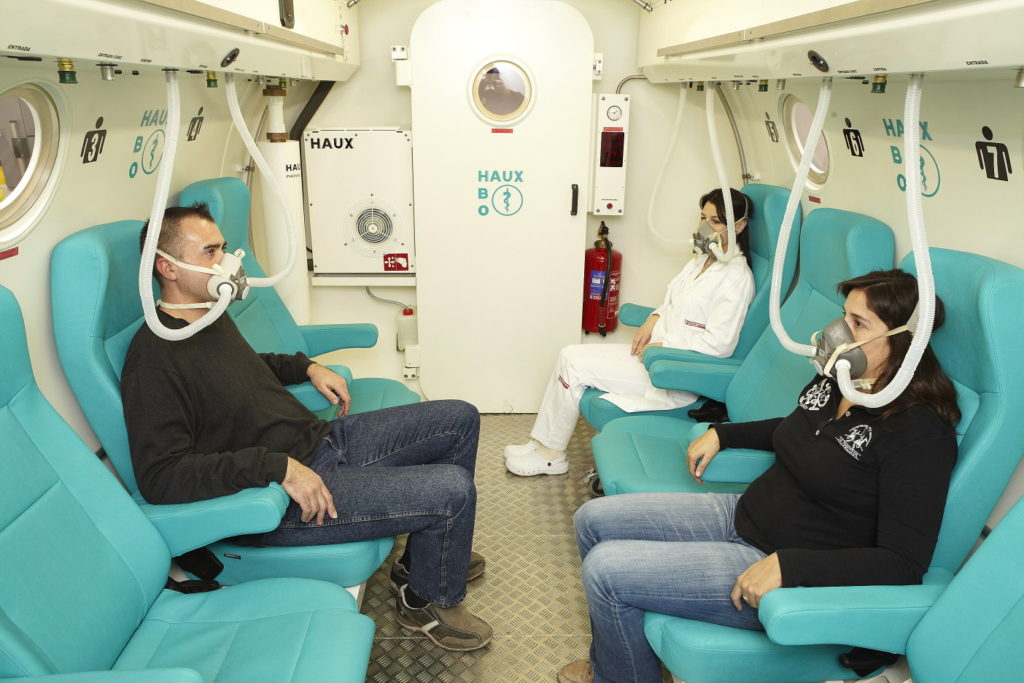
This technique provides a significant amount of oxygen to the blood, the excess of which will be delivered to damaged tissue to promote healing. Hyperbaric oxygen therapy is used in various specialties such as vascular surgery and to promote the healing of serious wounds that are struggling to heal. It can also be used to treat emergencies such as decompression sickness among divers or carbon monoxide poisoning, among others. It also helps to stimulate the immune system (in case of bone infection, for example).
Hyperbaric Oxygen Therapy and the Brain
Hyperbaric Oxygen Therapy and the Brain ?
Before reading the following lines, keep in mind that the use of hyperbaric oxygen therapy on the brain is still experimental. Nevertheless, it has been tested for several years, and many studies have been published on the subject in serious and respectable scientific journals. These trials have taken place on various brain conditions and different models (animal and human). The overall results indicate many positive reactions that can be beneficial in treating different pathologies:
- Neuroplasticity in humans (the ability of the brain to remodel its connections)
- Neurogenesis (creation of new neurons)
- Cerebral angiogenesis (growth of new blood vessels from pre-existing vessels)
- Regeneration of nerve fibers (extension of neurons)
- Neurocognitive enhancements
- Increase and mobilization of stem cells (responsible for the regeneration of neurons)
Where and how to perform Hyperbaric Oxygen Therapy ?
Hyperbaric chambers
There are two types of hyperbaric chambers. On the one hand, the hard hyperbaric chambers, made of steel, are mainly used in the hospital environment. They are quite bulky medical devices that can accommodate up to several patients at a time.
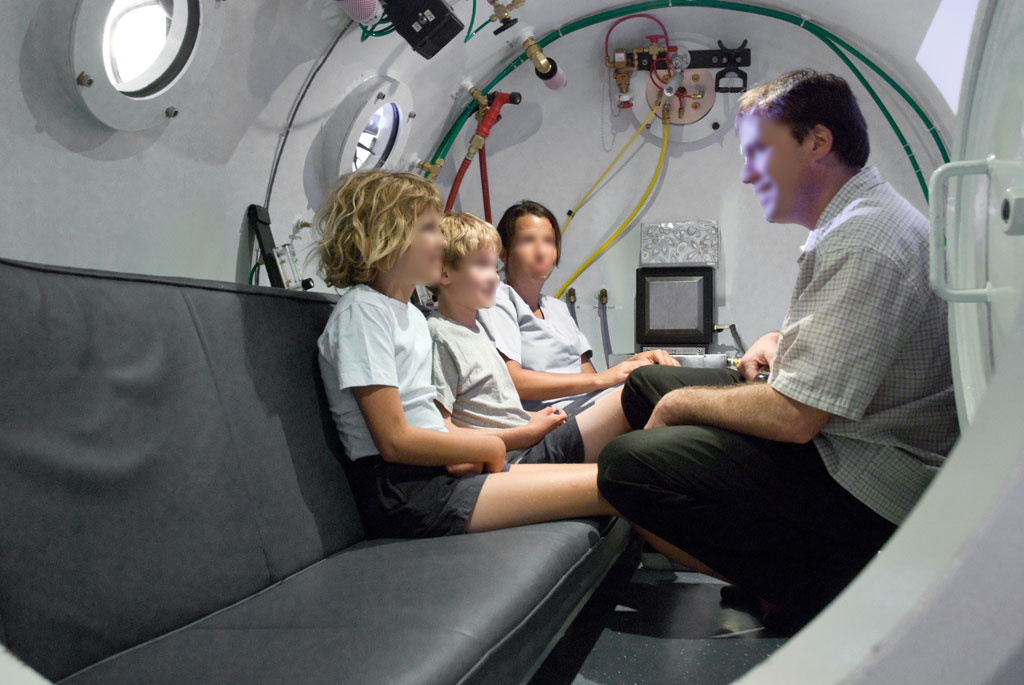
On the other hand, portable hyperbaric chambers, a kind of inflatable camping tent (single or two-seater) that can be installed at home or that can also be found in some stores or private health centers.
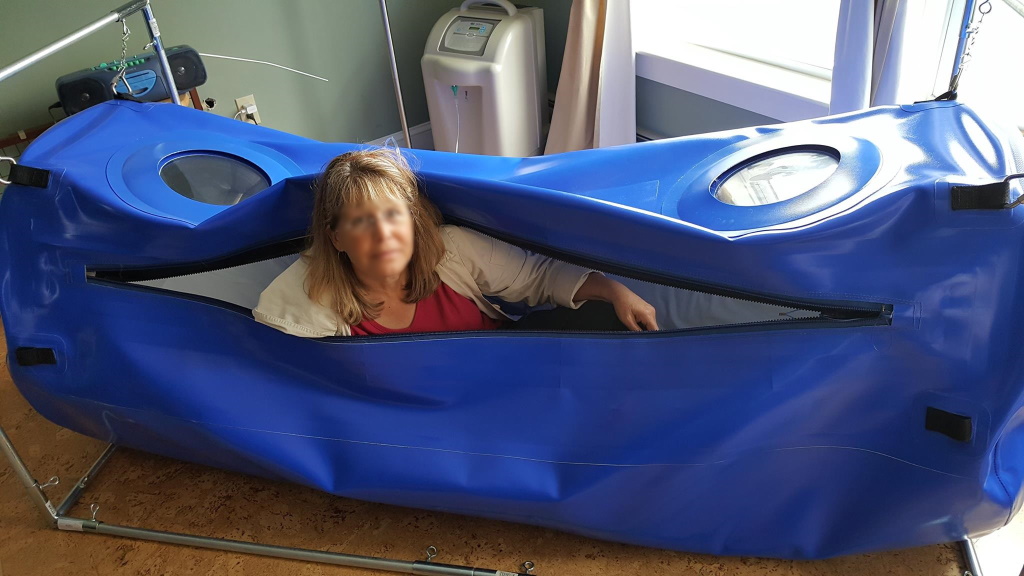
These two types of chambers have roughly the same operation. However, the hard chambers can make deeper “scuba dives”, which is necessary to treat certain pathologies. Concerning our beautiful brain, both types of chambers can be used.
The protocol
There is not yet an exact universal protocol for the treatment of neurological problems. Some scientists use hard hyperbaric chambers for their studies, while others use portable chambers and obtain positive results! However, scientific studies all seem to point in the same direction:
- A session (also called “diving”) lasts about 1 hour.
- A large number of dives would be necessary. A minimum of 40 dives over several weeks ! (There is no maximum.)
- The air pressure inside the chamber should be equivalent to a scuba dive from about 3 to 10 meters deep.
Want to learn more ?
Scientific studies
There are a large number of scientific studies on the subject; here are a few notable ones:
- Role of Hyperbaric Oxygen Therapy in Traumatic Brain Injury—Evidence-Based Consensus (2020)
- Is Hbot Effective For Treating A eating Autism (2020)
- Hyperbaric oxygen therapy for mild traumatic brain injury persistent postconcussion syndrome (2020)
- HBOT in Traumatic Brain Injury Patients – Prospective Randomized Clinical Trial (2019)
- Hyperbaric Oxygen Therapy Can Induce Angiogenesis and Regeneration of Nerve Fibers in Traumatic Brain Injury Patients (humans) (2017)
Bibliography
Here are 2 books which are unfortunately only available in English. You will be able to order then on the Internet.
First, The Oxygen Revolution by Dr. Harch. The latter is a reference in the world of HBOT. He is also a researcher and contributes to the writing of scientific studies on the subject.
And then, Oxygen Under Pressure. Book by Doctor Sonners, who is very present on the Internet (Facebook, YouTube), manages to explain and popularize this therapy.
Facebook group
You can find a lot of information and testimony on this facebook group. However beware, a facebook group is not a scientific community, so be sure to check the information you will find there 😉
My articles
If you would like to know more about this therapy, feel free to consult my articles in the Hyperbaric Oxygen Therapy category.
Also, my daughter is currently undergoing this therapy, and I am sharing my feedback and observations regarding her possible progress here.
Subscribe to my newsletter to be informed when a new article is published.
The Neuroplasticity.how community
Join the Neuroplasticity.how support community on Facebook to ask your questions and read the various testimonials.
Follow the Neuroplasticity.how Twitter account to get the latest news.
